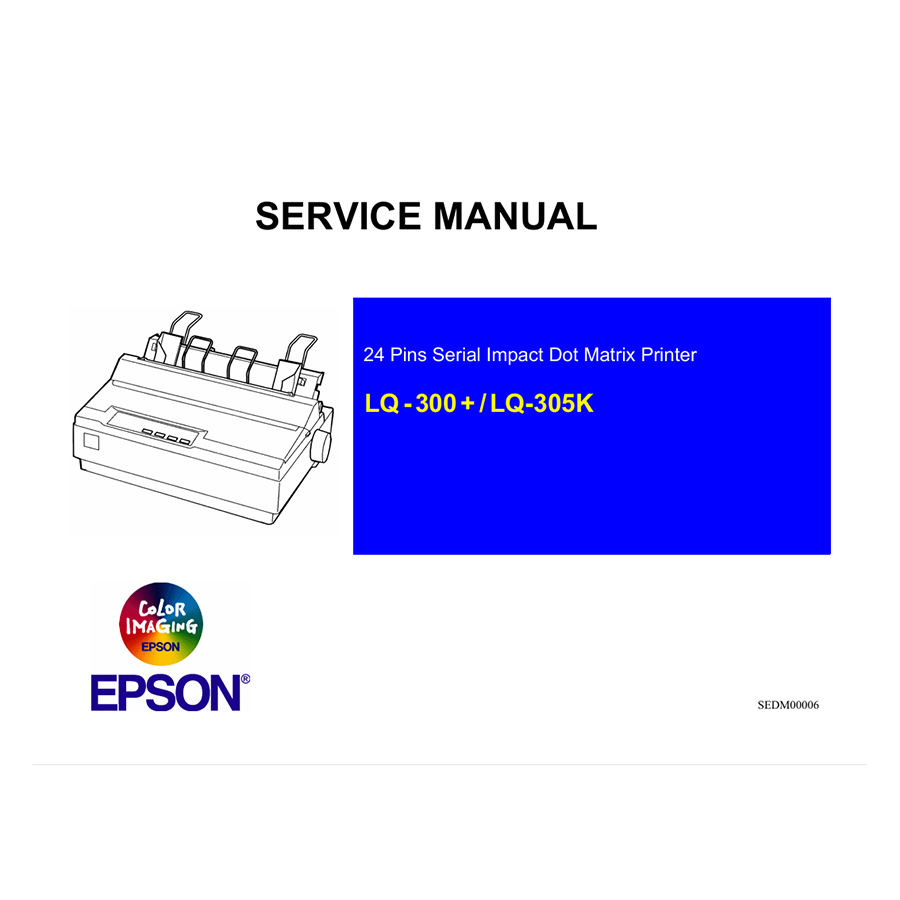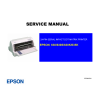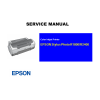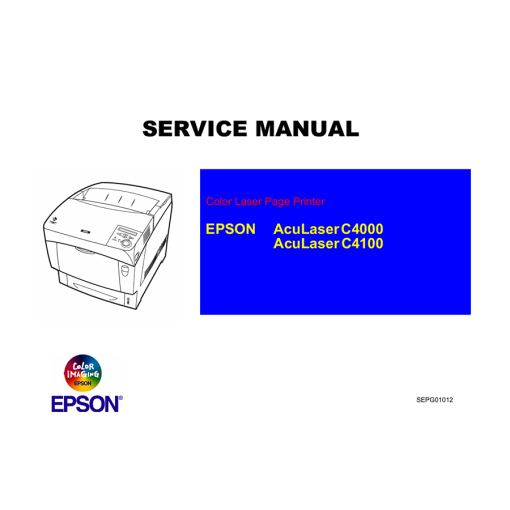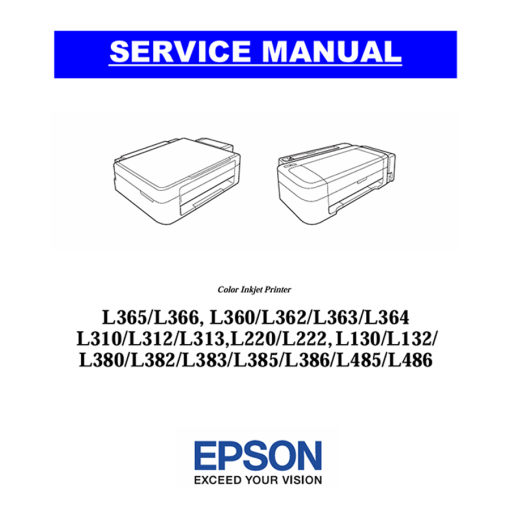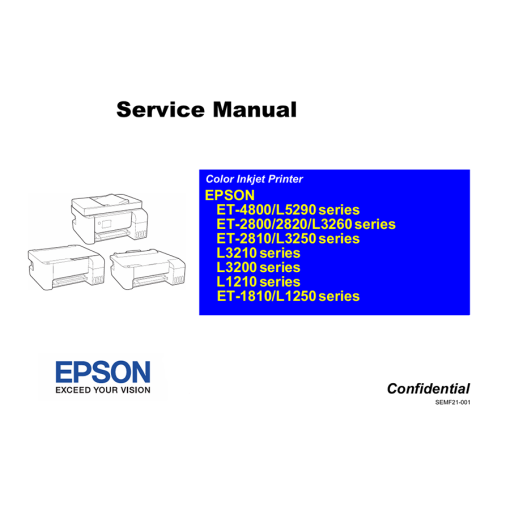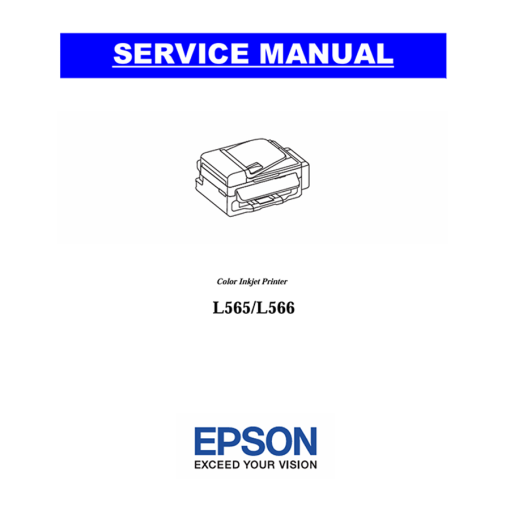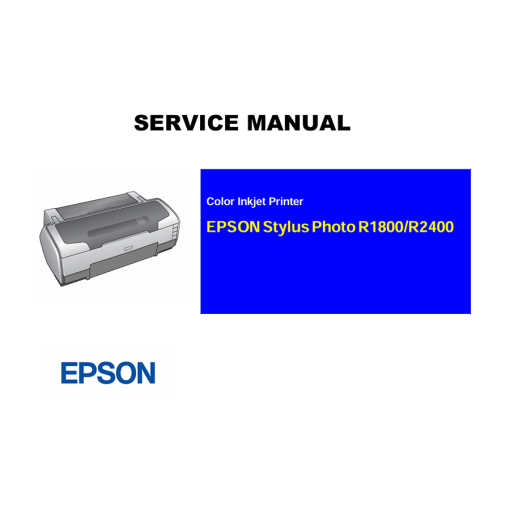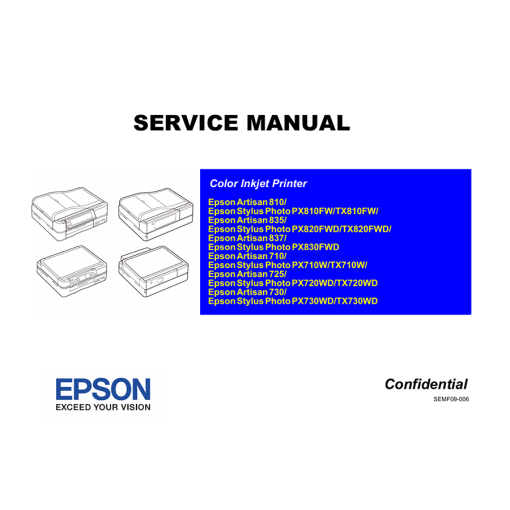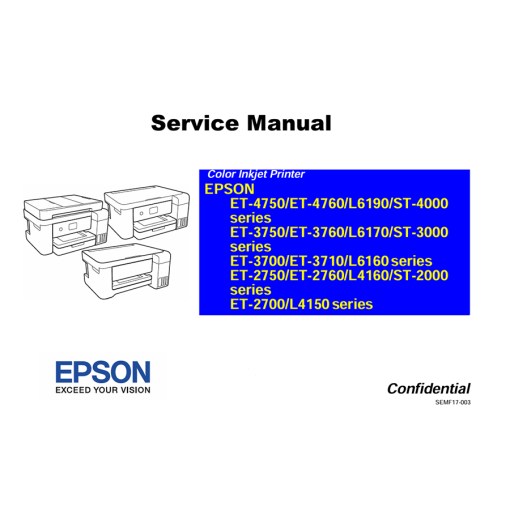-
×
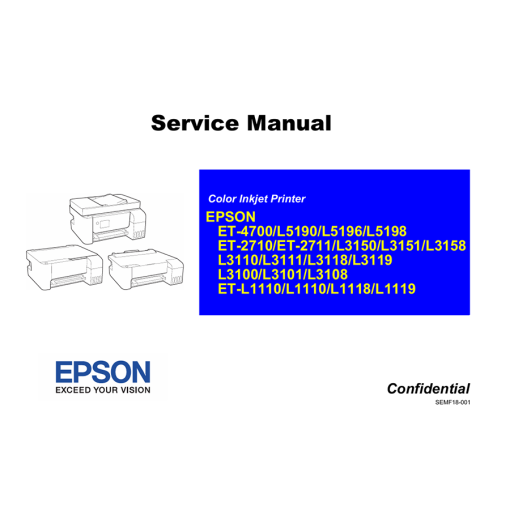 Epson Service Manual: The Advanced DIY Repair Guide for Your Epson EcoTank L5198, L31xx & L111x Series Inkjet Printers
1 × 0 $
Epson Service Manual: The Advanced DIY Repair Guide for Your Epson EcoTank L5198, L31xx & L111x Series Inkjet Printers
1 × 0 $ -
×
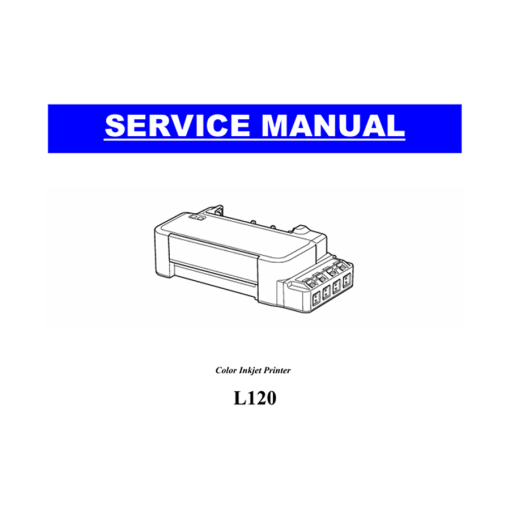 Epson Service Manual: The Essential Repair Guide for Your Epson EcoTank L120 Inkjet Printer
1 × 0 $
Epson Service Manual: The Essential Repair Guide for Your Epson EcoTank L120 Inkjet Printer
1 × 0 $
Subtotal: 0 $

